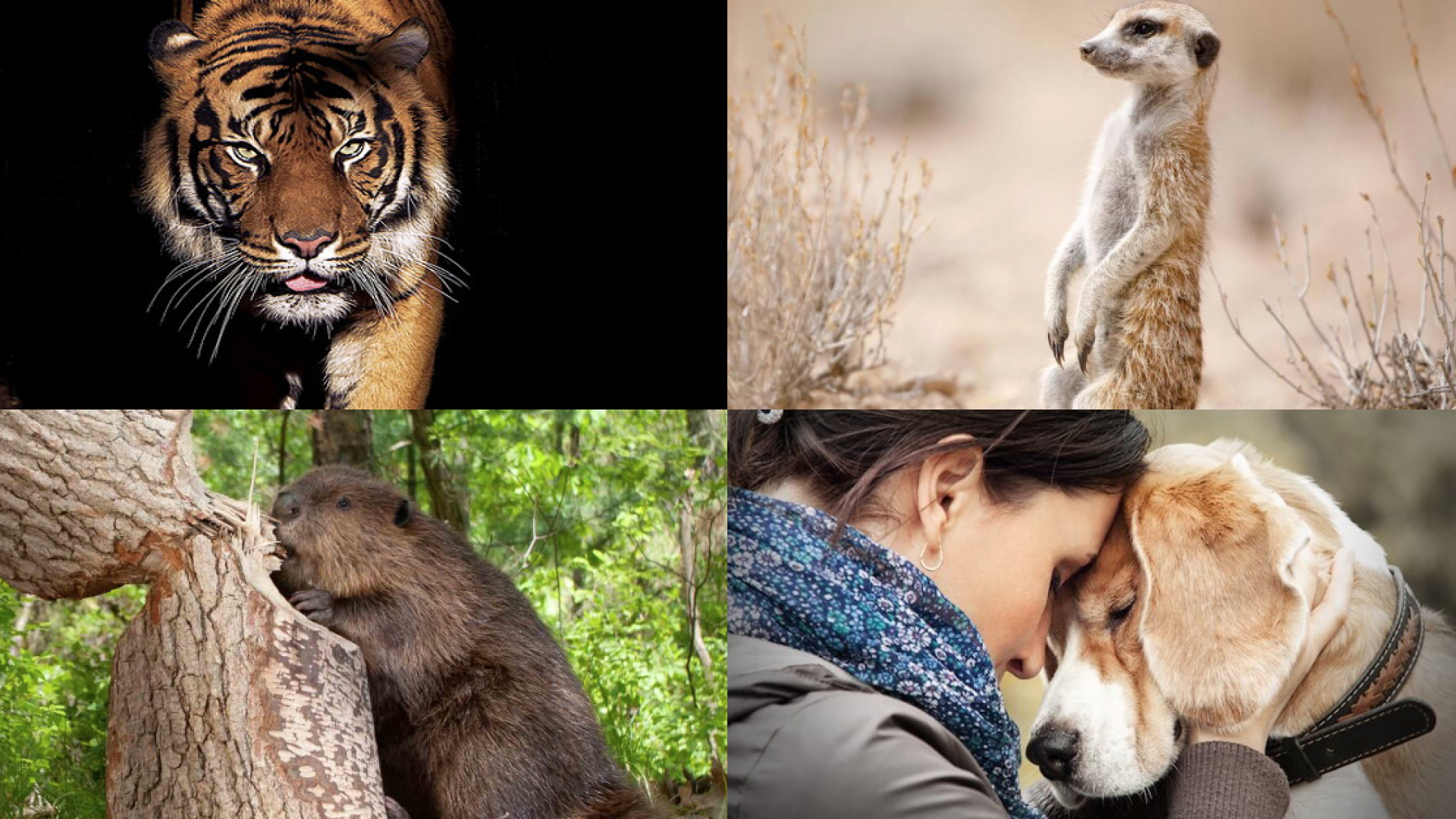We’ve been doing a lot of brand refresh work lately, as many clients come out the other side of the COVID crisis with a new purpose and often a new strategic direction. And that’s definitely a good time to revisit your brand, ensuring it’s continuing to support your evolving business goals. Brand metaphors are a great tool for helping our clients express the brand their business is evolving into.
I love doing brand workshops, helping a client explore what their brand should stand for. It’s fascinating watching the dynamics as siloed parts of the business come together with different perspectives on what they want audiences to think and feel about them. Expressing who they are and what they stand for is an easy exercise for some and very challenging for others. Many wonder why we’re bothering- “shouldn’t we just be talking about what colours and fonts we should use?” - while others thrive at the opportunity to set the tone for how audiences will engage with them.
Beyond words like trusted, easy, customer-first and leaders, most senior executives struggle to come up with descriptive and emotive words to capture the core essence of the brand and to populate brand concepts like personality or values. As well as getting people out of their comfort zone, the challenge is to get leaders to think more broadly, with their head and their heart, and through the eyes of their audiences.
I use brand metaphors regularly in my workshops to add some energy and to get people thinking beyond their division or sphere of responsibility. “What if your brand were an XXX, what would it be and why?” I use the early discussions in the workshop to assess what XXX is likely to work best with this group. A group of lawyers recently engaged over a ‘which famous person are we most like’ discussion; a group of senior leaders in a Government agency opened up over their animal personas; while a group of heavy machinery executives got animated debating whether they were a Toyota HiLux or a Volvo truck.
Metaphors are a tried and tested tool that has never failed to deliver results for me. In fact, I remember as a young marketer thirty or so years ago, being on the client side of the same exercise. Then and now, it generated lots of discussion and laughter, freeing people up to think more laterally and creatively. It’s also a great leveller, making the CEO’s opinion as valid (and funny) as a young brand executive’s.
I generally start with a question like “What if your brand was a person, what qualities and attributes would they have?” This brings out the more adventurous who might suggest a gender, an age bracket, a personality trait or even a unique hobby or habit they may have. You hear all sorts and the next question from me is always “but why do you think that?” And that’s when the answers you need reveal themselves.
Extending this conversation, I ask about a real person (dead or alive) that best represents their brand. I often find myself discussing the virtues of our current prime minister, the captain of the All Blacks or some other Kiwi that’s doing well on the global stage. The truth of the matter is that the person they come up with is irrelevant. What matters is why someone thinks that person is like their brand. You listen to the way they describe that person and note the why, hoping to hear those same words from others when discussing their person.
I often follow up with animal metaphors because they are very inclusive, with everyone in the room seeming to be able to make an informed association. Other metaphor discussions selectively used include cars, flowers, cities, sports or food and drink. The metaphor you use doesn’t really matter, it’s merely a tool to loosen tongues and generate engagement. The trick is to pick one that will do just that.
There is however some criticism of “outdated” brand metaphor approaches, with many suggesting that it reinforces stereotypes. From experience I’d say that yes it does. You often hear about a brand being warm and caring and therefore more feminine or strong and rugged and therefore manly. The focus is not on what people say but why they associate those attributes. If a brand stereotype or cliché allows them to express their why, so be it. The momentum of change is also evident, as these stereotypes often get debated or countered by other examples to disprove them. Again I stress, the metaphor is completely irrelevant.
There are other tools, such as brand archetypes and brand shift analysis, that help flush out how a business wants to be positioned but none are as much fun as the brand metaphor. I encourage you to think about it for your personal brand – “if you were an animal what would you be and why?” I challenge you to not smile as you think about whether you’re an assertive tiger, a curious meerkat, an industrious beaver or a loyal dog.

